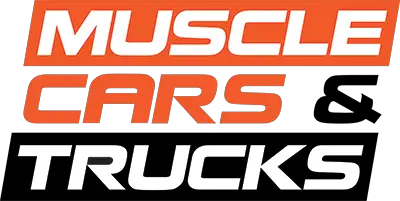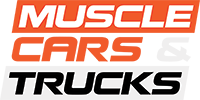One of the biggest reasons people buy a truck is its utilitarian aspects, most notably its ability to tow a significant amount of weight, be it a camper, boat, or any other form of cargo. With the push towards electrification, it’s becoming increasingly clear that there is an issue that needs to be solved, as electric trucks are simply unable to perform to the standard of a truck with an internal combustion engine. Right?
That is not entirely true. There are performance benefits that EVs have over ICE vehicles when it comes to towing. The high torque and instant power generated by electrification sent to the motors that turn the wheels prove useful with a full load hitched to the rear of an electric truck. But when it comes to just about everything else, EVs are indeed faced with inconvenient truths.
However, they could be better at towing over long distances. Engineering Explained recently uploaded a video detailing the ins and outs of EV towing with studies from Car and Driver, TFL, and Mercedes. As with any vehicle, weight, and aerodynamics factor in efficiency, so something like the Hummer EV has a similar range to the Rivian R1T despite having a larger battery pack.
When towing, it doesn’t matter whether you have an EV; each vehicle will become subject to the drag created by the towed object. The video explains this very well, showcasing why a sedan is significantly less efficient when towing than an SUV would be.This is why semi trucks have large cowels that match the height of their trailers. It may look like uncenessary surface area to push through the air, but it’s keeping the physics to where the tall and boxy trailer isn’t acting as a drag chute on the highway.

Not-So-Fast Charging
Indeed, all trucks deal with relatively high amounts of drag. Trucks are tall, wide, and their brawny designs aren’t exactly excellent in the wind tunnel. So with all of that size, wieght, and high drag coeficient, they’ll use up a lot of energy. And whether they run on a fuel like diesel, or compressed natural gas, or electricity, it’s imparative that the replenshing those energy stores can be as quick as physically possible, as all of that downtime adds up over the course of a long haul. That also means there needs to be an abundance of places to refuel. In the case of EV charging stations, the infrastructure is no doubt improving, but still far away from matching the availability of a diesel or gasoline fuel station. Moreover, it’s not as simple as installing a charging station.
For these “fast charging” units, there has to be a lot of collaboration with the local power supplier to make sure it’s even feasible, running enough wires and cables, and getting the local governance to sign off on it. From there, installation can still take several years, as just getting the permits for the project can take years on its own, even in EV-friendly states like California. And, as maneuvering a truck and trailer can be a real neusance in a crowded parking lot, these charging stations should not only be high-speed (requiring indredible draws of power from the grid), but also configured as a “pull thru” station to fit both truck and trailer.
This still doesn’t address the issues of actual charging speed. While something like the Chevrolet Silverado EV can quickly charge at 350 kWh, most stations have a maximum of 150 kW of charging at a time, meaning charging your vehicle can take hours rather than the minutes advertised.

The Weight Penalty
In the meantime, the solution that electric truckmakers have been providing is to offer higher capacity battery pack options, capable of storing more range in between charges. While the range is sufficient, the tradeoffs lead to higher prices (and prices are already unreasonably high), as well as more weight. And electric trucks are already heavy, usually a full GVWR class above their ICE counterparts. For example, the Chevrolet Silverado EV is a Class 2b truck, the same as a Silverado 2500, while the Silverado 1500 is 2a. Yet the Silverado EV is capable of hauling and towing weight similar to that of the smaller midsize Chevrolet Colorado, despite being a full-sized pickup truck.
This weight penalty problem is because of the battery packs themselves. While they are incredibly efficient at storing and discharging power, batteries lack the desirable trait of power density. Because of this, electric vehicles require far more materials, which add both cost and weight, to perform as good as internal combustion engines. Engines tend to weigh far less on average, take up less space, cost far less to make, and allow for greater towing and payload capacities compared to their electric counterparts. If one is in the business of hauling and towing, they desire to move as much cargo per trip as possible. More cargo, more money. And more cargo at once means less trips, saving time, making the job easier for the driver. Compared to batteries, ICE continues to offer trucks to move more cargo, in less time. And even if weight parity somehow eventually happens, there’s likelihood that price parity will not, as more exotic materials and techniques rarely translate to a more affordable product.
Maybe someday, battery technology will eclipse ICE. Maybe somebody, EVs will be cheaper than ICE. But if/when that day happens, there’s a strong chance we may have scaled a different, and even better, technology altogether.






